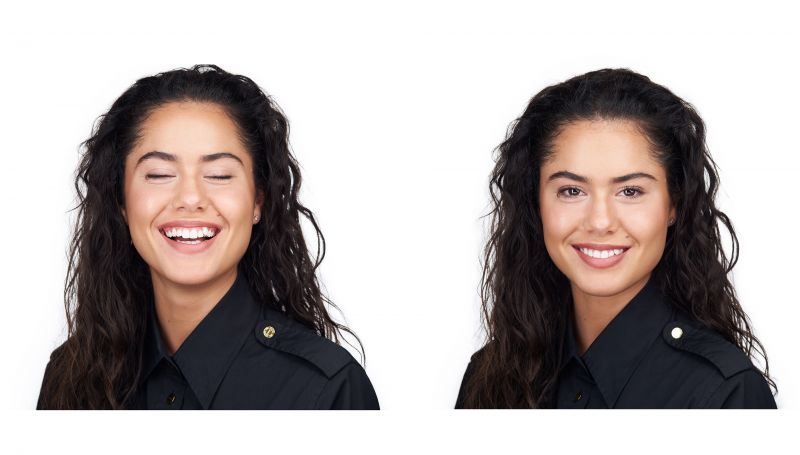
100 megapixels, 15 FPS, and 600ws of power won’t do a damn thing to make your subject feel better. Let’s face it, photography is gear centric and it’s a problem you may not even be aware of. I’m not talking about GAS (gear acquisition syndrome). I’m talking about being so focused on gear that we totally ignore the human being on the other side of our camera. Photographers get so caught up in the numbers and technical data speak that very rarely do we think about being in front of the camera and the vulnerability that comes with it.
Our subjects can be clients, friends, family, models or random people. The common thread is that they may have fears and insecurities about their self image (whether it’s real or made up). Our job as photographers is to set them at ease, be aware of possible insecurities, and pay attention to body language for cues. The tense feeling of being in front of the camera can be akin to being on stage or giving a speech. It can be fear inducing in itself and when combined with the potential self image issues it can lead to some pretty lackluster sessions and images.
[Related Reading: Portrait Tips | How To Get Good Portraits In Bad Locations]
Gear will only get you so far
I’ve been there a thousand times. I got the gear, watched the videos, read the blogs, and got my shoot all setup. Then after firing off a hundred frames, the disappointment set in. The images were technically great but lacked something. It was missing some life to them, no personality or expression. It miffed me on how to get the dramatic and amazing images that I loved so much. The gear will only get you so far, the interaction with the subject will get you to the next level.
The interaction between the photographer and subject is the key to better images. Yes, even with experienced models, because telling them to “do your thing” is lazy and rarely works to get the desired result. The majority of people that step in front of a camera are not sure what to do and need some help, it’s your job to help them. It starts by getting to know them and chatting them up, get them talking and interacting with you on a personal level. Yes this might even mean, *gasp*, small talk! The purpose behind this is to pay attention to what they say, how they say it, and their overall mood and body language.
This is something that will take time to develop and be comfortable with. Feeling the vibe they are putting out so you can change up your approach and get the best out of them during your session. Take some time to focus on the person and you may be surprised at what you find out about them and how your images can transform.
Real world examples
Here are a few examples of people I have worked with using the above methods. Jasmine is used to being in front of the camera but still needed some direction. She didn’t really like to smile so I knew I had to work on that with her. So we started laughing and joking around and this is what we got. Chaun is another example of interacting with your subject. We were working some angles and body movement along with expressions. Chaun is pretty confident guy but couldn’t visualize him looking this way. So with some guidance we got this image. For me the expression and body language keep you wondering what he is up to.
Chaun is another example of interacting with your subject. We were working some angles and body movement along with expressions. Chaun is pretty confident guy but couldn’t visualize him looking this way. So with some guidance we got this image. For me the expression and body language keep you wondering what he is up to.

[Related Reading: How To Pose And Direct For Natural Portraits: 10 Tips From Working Professionals]
Last but not least is Veronica. Veronica shared with me that she didn’t enjoy having her picture taken and avoided it for a long time. I took that into consideration and it made want to give her something special. As we worked through the session I showed her this image. Right away I knew we had accomplished our goal. Veronica teared up and gave me a hug, saying that she loved it. She finally had an image she was happy with and we printed it out for her. I hope everyone on both sides of the camera gets to experience something like this.

Conclusion
The take-away here is to be focused on the person in front of your camera. Learn something about them to help them feel good and in turn help them look good. The experience can be rewarding and powerful for everyone.





Get Connected!